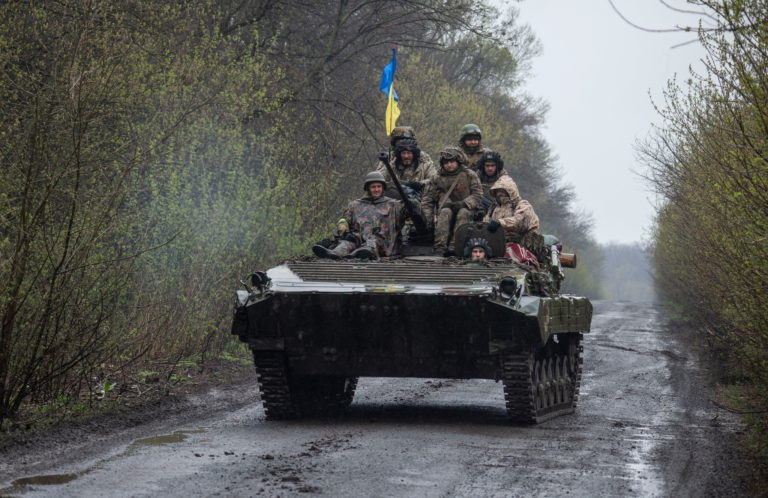Attacks on Russian territory: chronology, reasons, and consequences for the Kremlin
Recently, information about the drone attacks on the territory of Russia has appeared more frequently in the mass media. According to the UK Defense Force, alone during August, Russia experienced 25 drone attacks. One of the biggest strikes since the start of the war was held overnight on Aug. 29/30, with explosions recorded in Moscow, Bryansk, Ryazan, as well as at Pskov airbase. This calls into question the effectiveness of Russian air defence and the impact of the strikes on Russia as a whole. The first attacks on Russian territory were reported long before the summer of 2023. During the first year of the war, Ukraine repeatedly struck Russian border areas, particularly the Belgorod region. However, the Armed Forces of Ukraine barely recognise the attacks as the result of their actions, and Ukrainian authorities generally deny it. Ukraine does not attack the territory of the Russian Federation. Ukraine is waging a defensive war with the aim of de-occupying all its territories. “This is an axiom,” claims on Twitter Mykhailo Podolyak, adviser to the head of the office of the President of Ukraine. An even more prominent act was the attack on Moscow. First, Russian officials claimed drones over the Kremlin in the spring of 2023. Then Russia accused Ukraine of an attempt to kill Russian President Vladimir Putin, as the media reported. Again, Volodymyr Zelensky denied the accusation, saying that Ukraine fought only on its territory. Later, drones hit the Moscow Oblast once again. That time, they caused damage and crashed into apartment buildings in the southwest of the city. During the summer, the attacks on Russian territory became even more frequent, both in Moscow and in border regions. For example, on July 30th, in Moscow, there was an explosion near the business centre “Moscow City,” as a result of which two skyscrapers of the complex were damaged. It is known that the offices of three Russian ministries are located in the damaged buildings. Other noticeable attacks on Moscow were on August 22–23. On August 22nd, the mayor of the Russian capital, Sergey Sobyanin, reported that two attack drones were shot down in the suburbs of Moscow. The next night, according to the Russian Ministry of Defense, three aircraft-type drones attacked the city again. Two of them were destroyed by air defence in the air over the territory of the Mozhaiskyi and Khimki districts of the Moscow region. The third one was suppressed by means of radio-electronic warfare and, having lost control, collided with the building of the Moscow-City complex. “There were no casualties,” the Russian Ministry of Defense said in a statement. Due to the attacks, the airports in Moscow were not working and were temporarily not accepting or sending planes. Drone attacks took place not only in Moscow but also in the territories bordering Ukraine. For example, on August 29, the Russian authorities again announced attacks on Moscow and the neighbouring Tula region. According to the report, all the drones were shot down. As a result, Moscow’s Vnukovo and Domodedovo airports have restricted some flights. On the night of September 7, the attack took place in the Rostov region. Two drones were shot down there, the authorities said. One of them fell in the centre of Rostov-on-Don and caused significant damage to nearby houses and cars. At the same time, the headquarters of the Southern Military District, which is involved in the war against Ukraine, is located nearby. According to CNN, one of the reasons why Ukrainian attacks on the territory have become more frequent is that Ukraine is developing its defence industry: “Ukraine is pushing ahead with creating a weapons industry that will provide everything from 155mm artillery shells to longer-range drones and now, it seems, a new long-range missile.” This allows Ukraine to strike far beyond the front line. At the same time, Ukraine emphasises that it undertakes not to carry out strikes on the territory of Russia with the weapons of its partners. “Ukraine strictly adheres to the obligation not to use the weapons of its partners to strike Russian territory,” said the adviser to the Head of the President’s Office, Mykhailo Podolyak. Also, the strikes in Russia expose another problem for the Russian leadership. The fact that Ukrainian drones can strike not only on the border territories but also fly to Moscow and strike the Kremlin speaks of insufficient protection of the Russian sky. Air defence systems allow shooting down targets, but they usually do it in the Moscow region, while the system works less effectively in Moscow itself. This allows drones to repeatedly hit the same targets, as was the case with the skyscrapers of Moscow City. In conclusion, it is worth adding that the publication refers to the words of Volodymyr Zelensky, who claims that strikes on Russia are a regularity because the war is returning to its territory. And although the strikes on Russia do not change the course of the war, they raise the fighting spirit of Ukrainians because Ukraine suffers from drone strikes much more often, with greater casualties and destruction. Now Russians have the opportunity to be in the shoes of Ukrainians and understand what war actually is.





